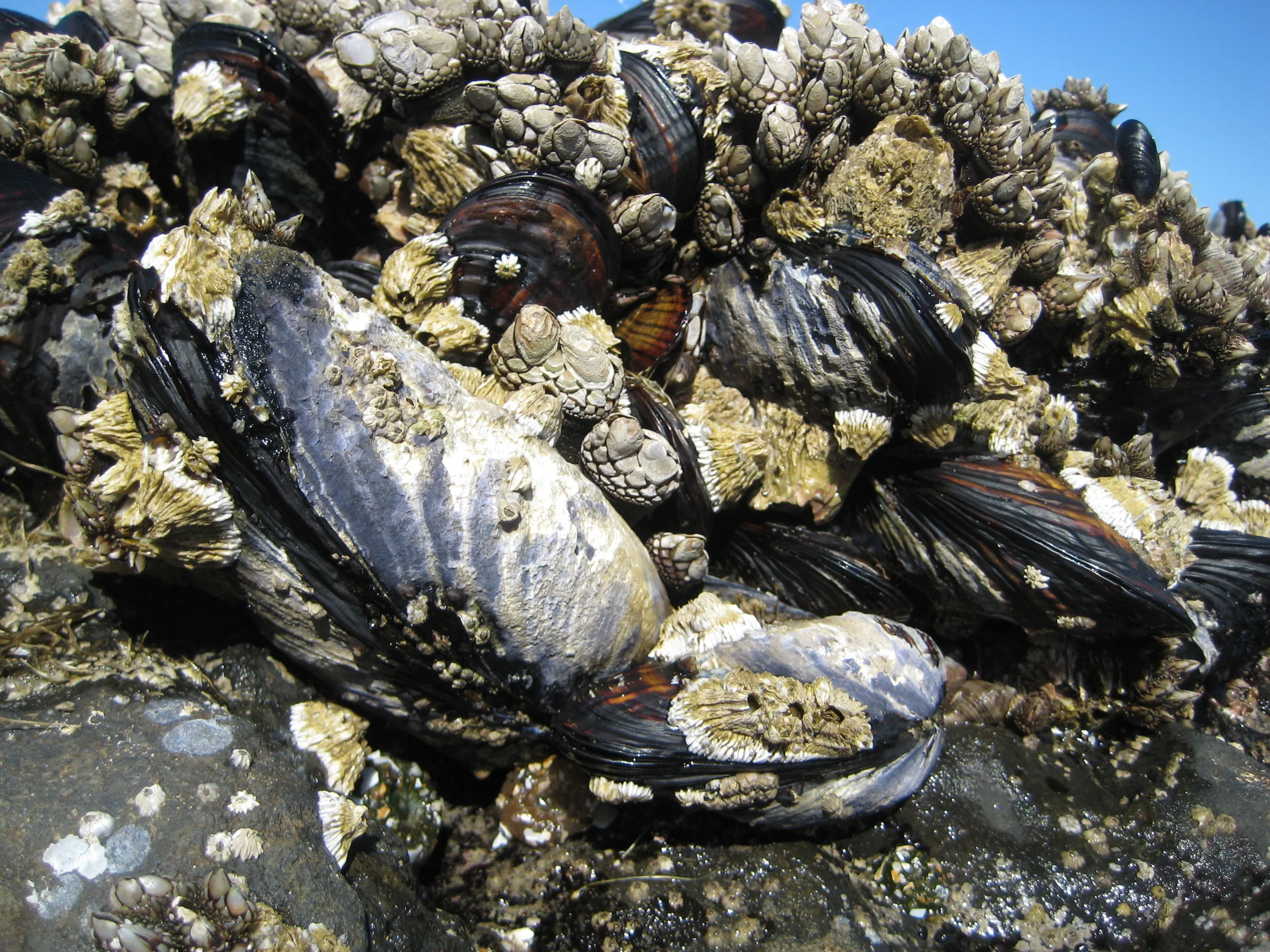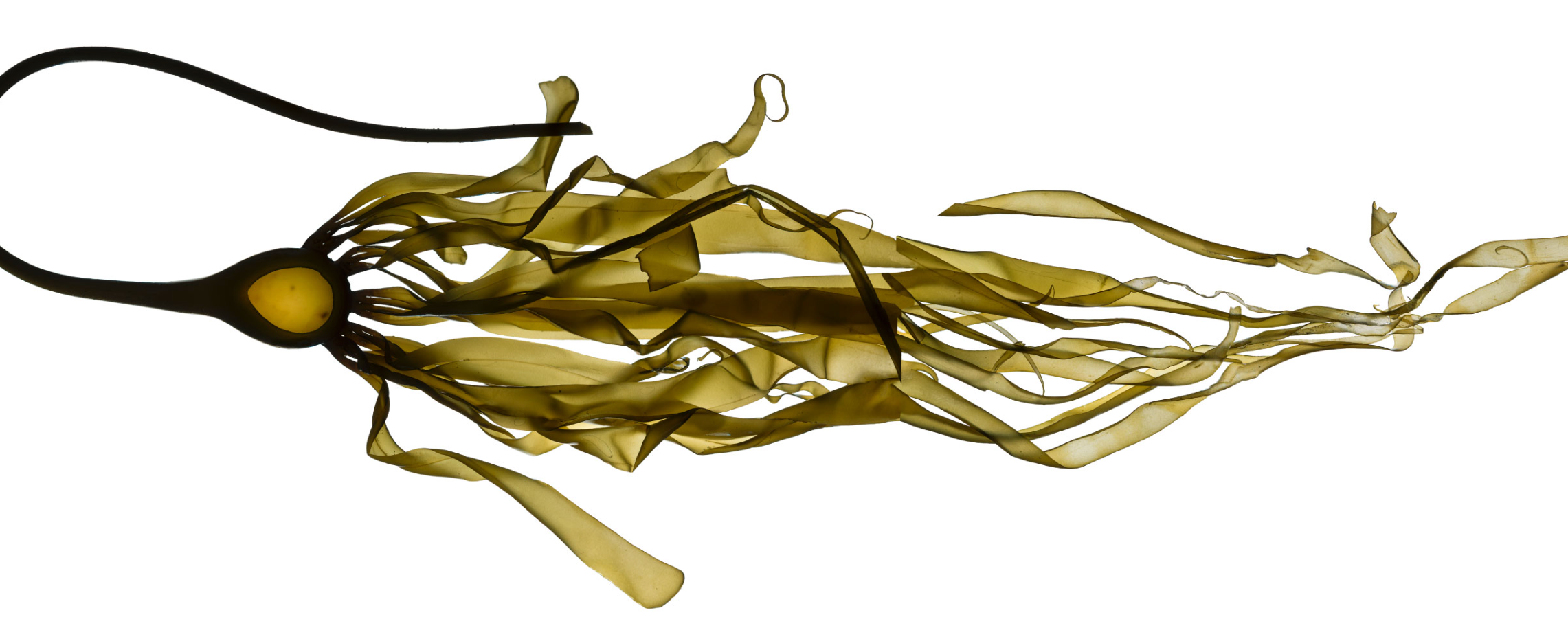Stress on Mussels in Gulf of Maine
We are quantitatively exploring the interactive effects of abiotic and biotic stress in an ecologically important predator-prey pair (the mussel, Mytilus edulis in the presence of one of its principal predators, the snail, Nucella lapillus) from Gulf of Maine. This region, where sea surface temperatures are increasing faster than 99% of other large bodies of water around the world, and mussels have been declining, we are investigating the cellular-level metrics of stress to better understand the pathways and consequences of the interactive effects of stress imposed by temperature and predation risk. This project is a funded by NSF-IOS in collaboration with Drs. Brian Helmuth and Geoff Trussell from Northeastern University.
Metabolic Performance and Plasticity across the Intertidal
Intertidal organisms live in one of the most environmentally stressful habitats on the planet, and daily fluctuations they experience in abiotic factors (e.g., temperature, oxygen, salinity, pH) are predicted to intensify as our global climate continues to change. Elevated temperature and oxygen limitation are two dominant stressors associated with periodic air emersion in the littoral zone; both of which have substantial direct effects on metabolism in ectotherms. We are profiling the ‘metabolic phenotype’ of adult mussels (Mytilus californianus) and acorn barnacles (Balanus glandula) from different intertidal zones (low, mid, high). We define metabolic phenotype as the individual’s baseline metabolic performance and will characterize this parameter with a comprehensive suite of biochemical, physiological and behavioral indices of metabolism. We hypothesize that there will be predictable gradients in metabolic performance across the tidal zone directly resulting from environmental variation. This project is a funded by CSU COAST in collaboration with Dr. Kristin Hardy from CSU Cal Poly San Luis Obispo.
Understanding Physiological Response in an Invasive Mussel
Mytilus galloprovincialis, an invasive mussel to southern California is now widely distributed along the west coast of North America ranging from southern Mexico to northern California, inhabiting the subtidal and intertidal environments. This highly competitive mussel is tolerant of warmer waters and has reduced growth and survival of the native mussel, M. trossulus while possessing metabolic characteristics that enable a positive relationship between temperature and rate of biochemical flux. Because physiological rates are directly correlated with activities in metabolic enzymes, we are investigating whole organismal response and enzyme activity levels to see if we can understand what is driving these species to be such successful invaders.
Maternal to Zygotic Transition in Purple Sea Urchins
The maternal genome of all organisms is loaded into the egg during oogenesis, this genome drives nearly every aspect of embryogenesis, including the basic biosynthetic pathways that control initial mitotic divisions and the fate and patterning of nascent cells. All developing animal embryos experience a maternal-to-zygotic transition (MZT) during embryogensis where the maternal mRNA and proteins are eliminated and the zygotic transcripts take control of development. Although the MZT has been extensively studied in echinoderms, nematodes, insects, fish, amphibians, and mammals, there is still little known about how this transitional period influences key developmental proteins and, and more how environmental factors, such as temperatures, influence this process.
Bull Kelp (Nereocystis luetkeana) Thermal Stress Response
Bull kelp is a fast-growing, canopy-forming macroalga that plays a foundational role in coastal marine ecosystems along the Pacific Coast. As ocean temperatures continue to rise and marine heatwaves become more frequent, bull kelp populations have declined dramatically in several regions. Our recently completed project focused on investigating how acclimation temperature influences the expression of heat shock protein 70 (Hsp70). This study is the first to characterize the heat shock response in bull kelp, and highlights the importance of thermal acclimation in shaping resilience to marine heatwaves. Current work is centered on the expression of hsp70. By quantifying hsp70 expression across different temperature treatments, we are investigating how bull kelp regulates molecular defense pathways under thermal stress. This research will provide insight into the capacity of bull kelp to respond to changing ocean conditions at the genetic level.
Image from Josie Iselin





